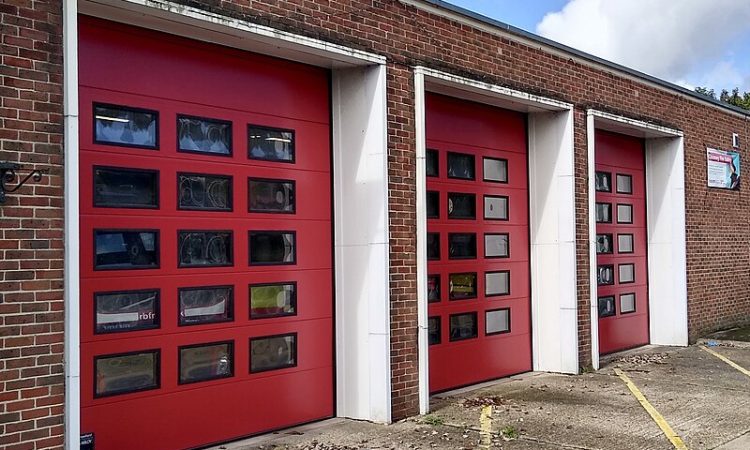In the intricate dance of architectural design and construction, one element stands out as a silent guardian against a formidable adversary: fire doors. A critical component in ensuring the safety of buildings, fire doors play a pivotal role in preventing the spread of flames and smoke during emergencies. In this blog, we’ll explore the indispensable role of fire door manufacturers in fortifying spaces and safeguarding lives and property.
The Significance of Fire Doors:
Fire doors are not mere barriers; they are defenders against the destructive force of fire. Their purpose extends beyond providing a means of escape; they act as the first line of defense, confining fires to specific areas and granting precious time for safe evacuation. The importance of these doors becomes evident in their ability to resist the intense heat of a fire, control the spread of smoke, and serve as a crucial element in the overall fire safety strategy.
Key Attributes of Exceptional Fire Doors:
- Fire Resistance:
- Crafted from specialized materials such as steel, timber, or composites, fire doors are designed to withstand high temperatures, maintaining their structural integrity even in the face of intense heat.
- Smoke Control:
- Equipped with seals and gaskets, fire doors effectively minimize the passage of smoke, preserving visibility and preventing respiratory issues during evacuations.
- Self-Closing Mechanisms:
- The automatic closing feature of fire doors is a vital component, ensuring that the door remains closed in the event of a fire, thus preventing the rapid spread of flames and smoke.
- Durability:
- Built to endure the rigors of daily use, fire doors must be durable and resilient. Manufacturers focus on quality craftsmanship and robust construction to ensure longevity and sustained performance.
The Role of Fire Door Manufacturers:
- Adherence to Stringent Standards:
- Fire door manufacturers are dedicated to meeting and exceeding local and international safety standards, including those set by organizations such as the National Fire Protection Association (NFPA) and other relevant building codes.
- Innovative Design and Technology:
- Manufacturers continually strive for innovation, incorporating cutting-edge materials and technologies to enhance the performance of fire doors without compromising safety.
- Customization for Diverse Needs:
- Recognizing that each building has unique requirements, manufacturers provide customizable solutions, offering a range of sizes, finishes, and designs to seamlessly integrate fire doors into various architectural contexts.
- Education and Awareness:
- Manufacturers play a crucial role in educating architects, builders, and end-users about the proper installation, use, and maintenance of fire doors, contributing to increased awareness and adherence to fire safety best practices.
The Evolving Landscape of Fire Safety:
- Integration with Building Systems:
- Fire doors are increasingly becoming part of integrated building systems, allowing for centralized control and monitoring, enhancing overall safety management.
- Smart Technologies:
- The integration of smart technologies, such as IoT-enabled sensors, enables real-time monitoring, data collection, and predictive maintenance, ensuring the continuous reliability of fire doors.
